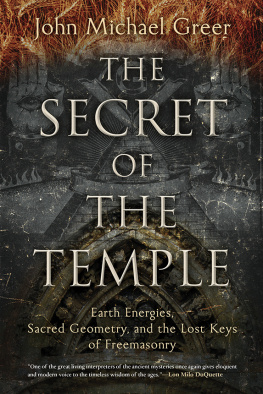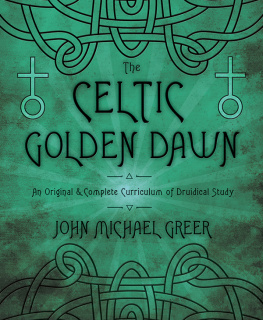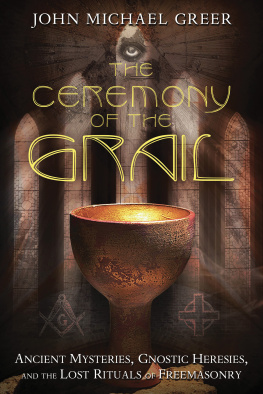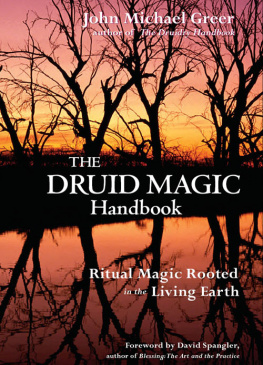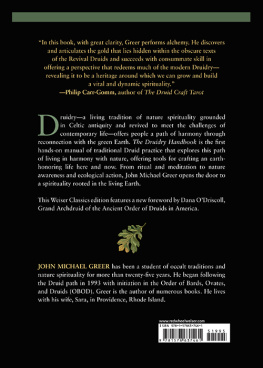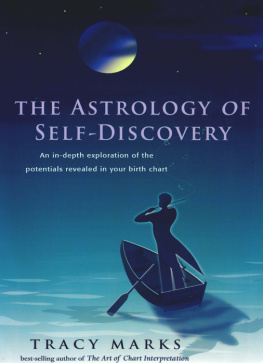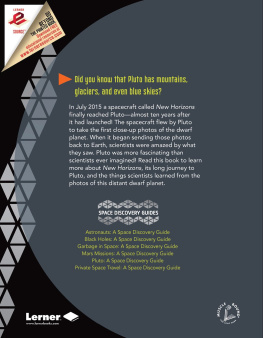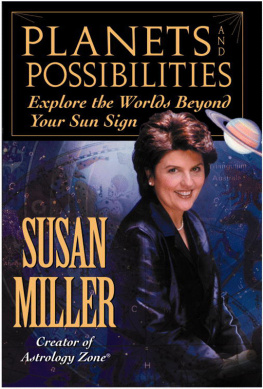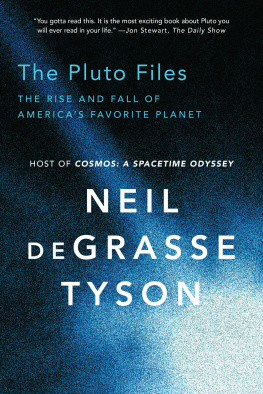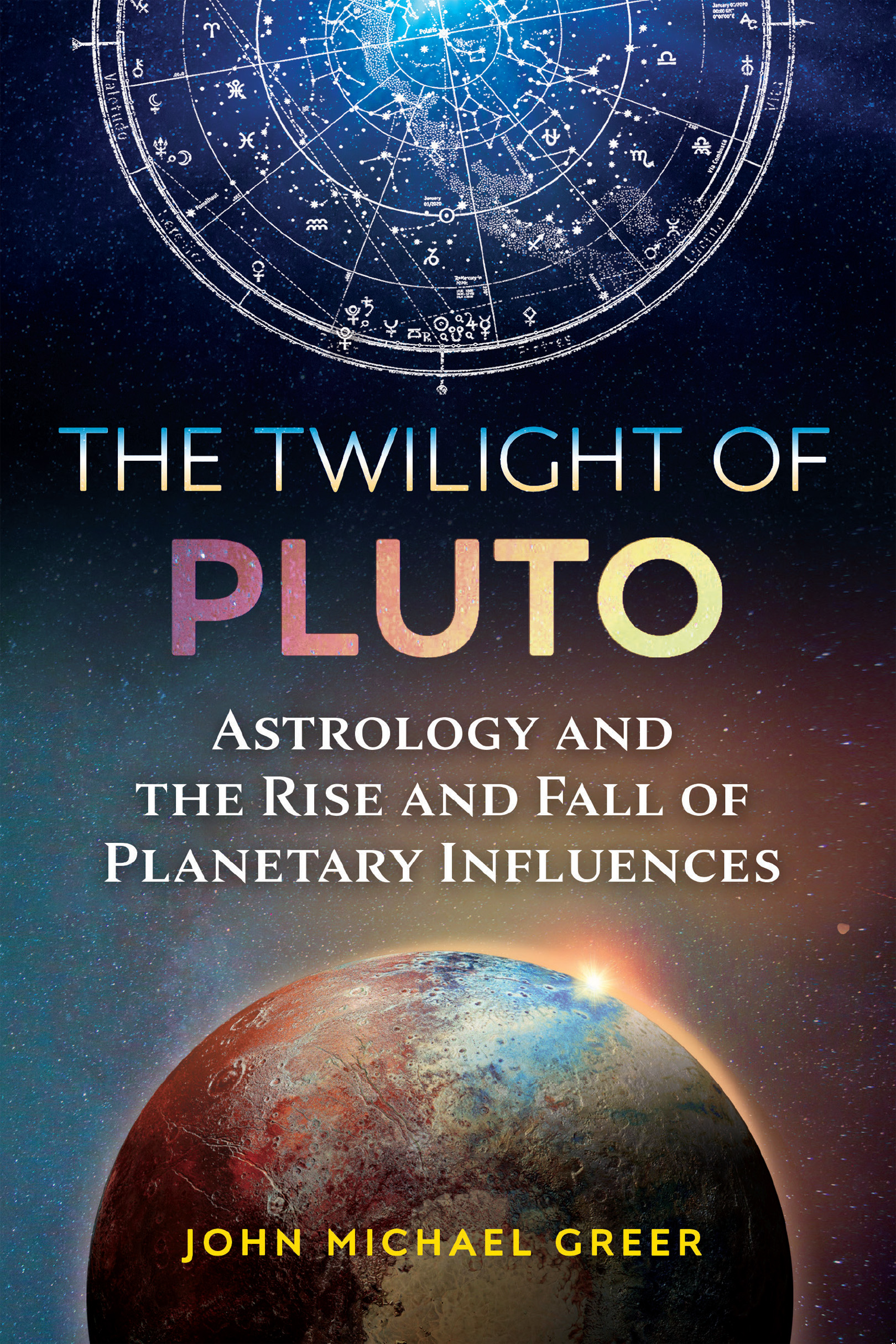
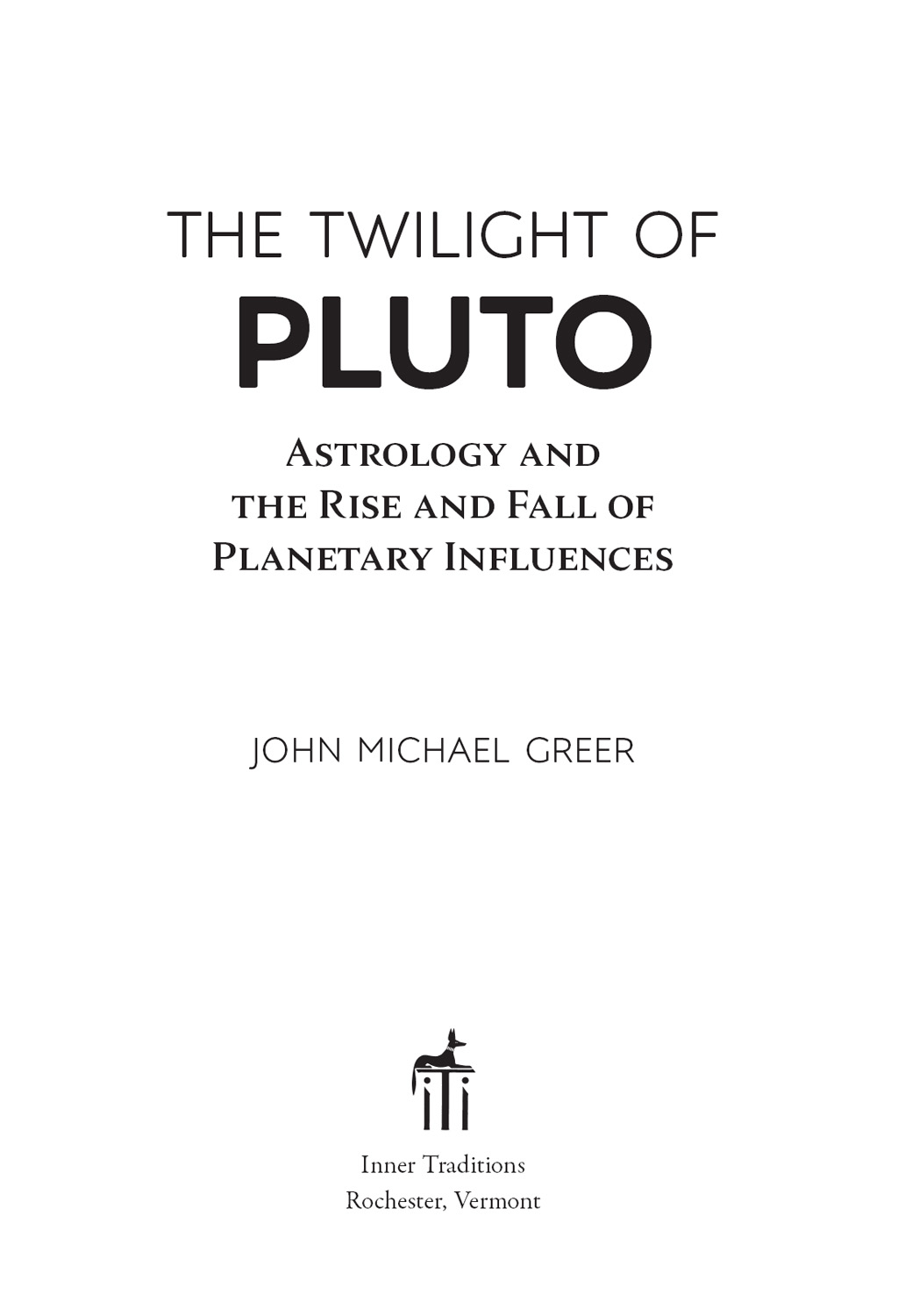
THE TWILIGHT OF
PLUTO

John Michael Greer is clearly a top-notch astrologer, scholar, and, like Richard Tarnas, a historian with a love of cosmic beauty. The Twilight of Pluto is not only the history of astrology but also the astrology of history. Greer brilliantly demonstrates the mirror of planet and culture, as Pluto moves from theory to discovery to planetary acceptance and then fall and demotion... paradigm-shifting insights! I especially appreciate his bold and positive predictions as the Plutonian era fades. Absolutely fascinating! Once I began reading I couldnt stop.
FREDERICK HAMILTON BAKER, ASTROLOGER AND AUTHOR OF ALCHEMICAL TANTRIC ASTROLOGY
In this relatively small volume, John Michael Greer accomplishes major feats, both intellectual and spiritual. Firstly, he has the scholarly wisdom to place planetary discoveries within the widest possible context, reminding us that the discovery of the visible planets is really the Big Bang of Civilization. Then he masterfully applies the alchemical formula solve et coagula to break apart the more modern discoveries, purifying and distilling our understanding of them, before putting them back together into a hopeful new form, using the esoteric tools and cunning for which hes well known. The result is medicine, in the truest sense of the word.
GARY P. CATON, ASTROLOGER, AUTHOR OF HERMETICA TRIPTYCHA, AND HOST OF THE HERMETIC ASTROLOGY PODCAST
Contents
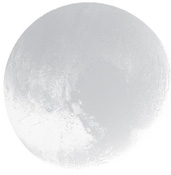
Introduction
On August 26, 2006, members of the International Astronomical Union filed into a hall in Prague for the last session of the organizations triennial meeting. Normally theres nothing duller in the world of astronomy. After two weeks of papers, panels, informal discussions, and social events, the final afternoon session of the IAU meeting typically attracts only a handful of attendees, most of them elected officers of the organization, who take care of necessary businessvoting in new members, passing resolutions, rubberstamping decisions already made by consensus within the fieldand then head for the hotel bar or the next flight home.
That day was different. There were still nine hundred new members to be voted in, and four uncontroversial resolutions to pass, covering such edge-of-the-seat issues as how to define the ecliptic and whether or not the IAU would officially endorse the Washington Charter for Communicating Astronomy with the Public. The last two resolutions on the agenda, though, addressed what had suddenly become one of the hottest topics in astronomy: what counted as a planet, and above all, whether Pluto made the cut.
Behind the controversy lay one of the most dramatic bursts of astronomical discovery since the invention of the telescope. Starting in 2002, using revolutionary new data processing technologies, astronomers had located a series of planetlike objects orbiting the Sun in the distant, frozen outer reaches of the solar system, far beyond the orbit of Pluto: Eris, Quaoar, Sedna, Haumea, and Makemake. One of them, Eris, was more massive than Pluto, and all of the new planetoids had a lot in common with Plutomuch more, arguably, than Pluto had in common with the other eight planets of the solar system.
That last was the detail that mattered to the astronomers gathered in Prague. As a planet, Pluto had always been the odd duck. The other planets have orbits around the Sun that are nearly circular, and nearly in the same plane, while Plutos is much more elliptical, and canted at an angle of almost twenty degrees from the others. The other planets have gravitational fields that dominate the nearby regions of space, clearing away smaller bodies or locking them into orbital relationships dominated by their gravity, while Plutos weak gravitational field has no such effect. At only 1/400th the mass of Earth, Pluto is much smaller than any of the other planets; in fact, its smaller than some moons, including ours. In terms of its structure and composition, it has very little in common with the four rocky planets close to the Sun, and even less with the four big gas giants further out. Until the new discoveries, it had been lumped together with the planets simply because there was nothing else quite like it. The recent burst of discoveries in the outer solar system had changed that decisively.
In 1943, when astronomer Kenneth Edgeworth first predicted the existence of a belt of small icy planetoids out at the distant rim of the solar system, the technology to detect anything at that distance didnt yet exist. Advances in astronomy took a long time to catch up to Edgeworths predictionbut catch up they did. In 1992 the first object in what had by then been named (after Gerard Kuiper, another astronomer) the Kuiper Belt was spotted, and hundreds more followed it into the textbooks as astronomers turned their attention to the frozen suburbs of the solar system. Until 2002 the largest known was about a third the size of Pluto.
The new discoveries from 2002 on made it clear that Pluto was just one more Kuiper Belt object, and its apparent uniqueness was the result of the bit of randomness that made it both large enough and close enough to the Sun to be detected much sooner than the others. Thats the way the astronomers voted, too. By a substantial majority, they adopted a new definition of the word planet that put Pluto where it belonged, in a new class of dwarf planets with the former asteroid Ceres and certain other bodies, leaving the solar system with eight planets, an as yet uncounted collection of dwarf planets, and two belts of smaller objects, the asteroid belt and the Kuiper Belt.
The public reaction to this change was dramatic and almost entirely negative. Schoolchildren in particular rallied to the former planets cause, and deluged astronomers with indignant letters demanding that poor little Pluto be restored to his former place on the roster of planets. The media proceeded to have a field day, and more often than not presented the situation as though the IAU had ganged up on Pluto in a back alley and robbed it of planetary status at gunpoint. By the time the controversy finally died down, scientists, pundits, and media personalities had talked over the fate of Pluto from every imaginable angle but one.
The omission, of course, was the astrological angle. This lapse was hardly an accident. As Richard Tarnas slyly pointed out in his path-breaking book Cosmos and Psyche, astrology has exactly the same status in contemporary industrial society that Copernican astronomy had in European societies around 1600even though it makes sense of plenty of things that the conventional wisdom cant explain, it is so unpopular as a way of understanding the universe, and so sharply at odds with the unquestioned beliefs of the age, that most educated people reject it out of hand without giving it the serious consideration it deserves.
Just as a significant number of people in Europe in 1600 ignored the conventional wisdom of their time and made the leap to the Copernican vision of a sun-centered cosmology, however, a significant number of people in the industrial world today have made a comparable leap to the astrological vision of a meaningful universe: a vision in which the placements, motions, and relationships of the solar systems major bodies have subtle linkages that connect them to everything in this corner of the cosmos, including the lives of human beings. The modern astrological community is much larger, better educated, and better funded than most people outside of it realize. Like the Copernican underground in late Renaissance Europe, the astrological community pursues and develops its distinctive vision of the cosmos in the face of the disapproval of the conventionally minded.
Next page

